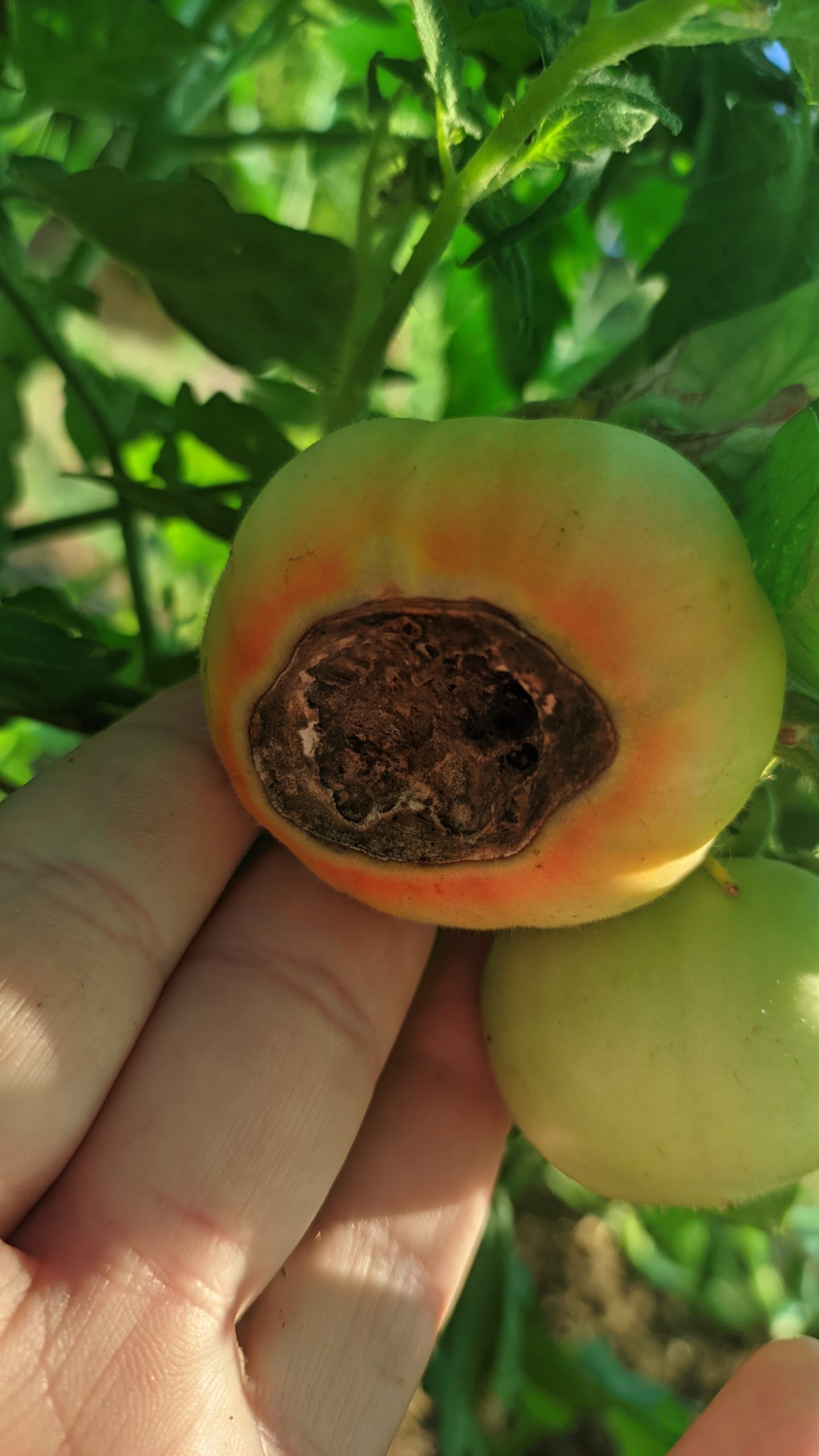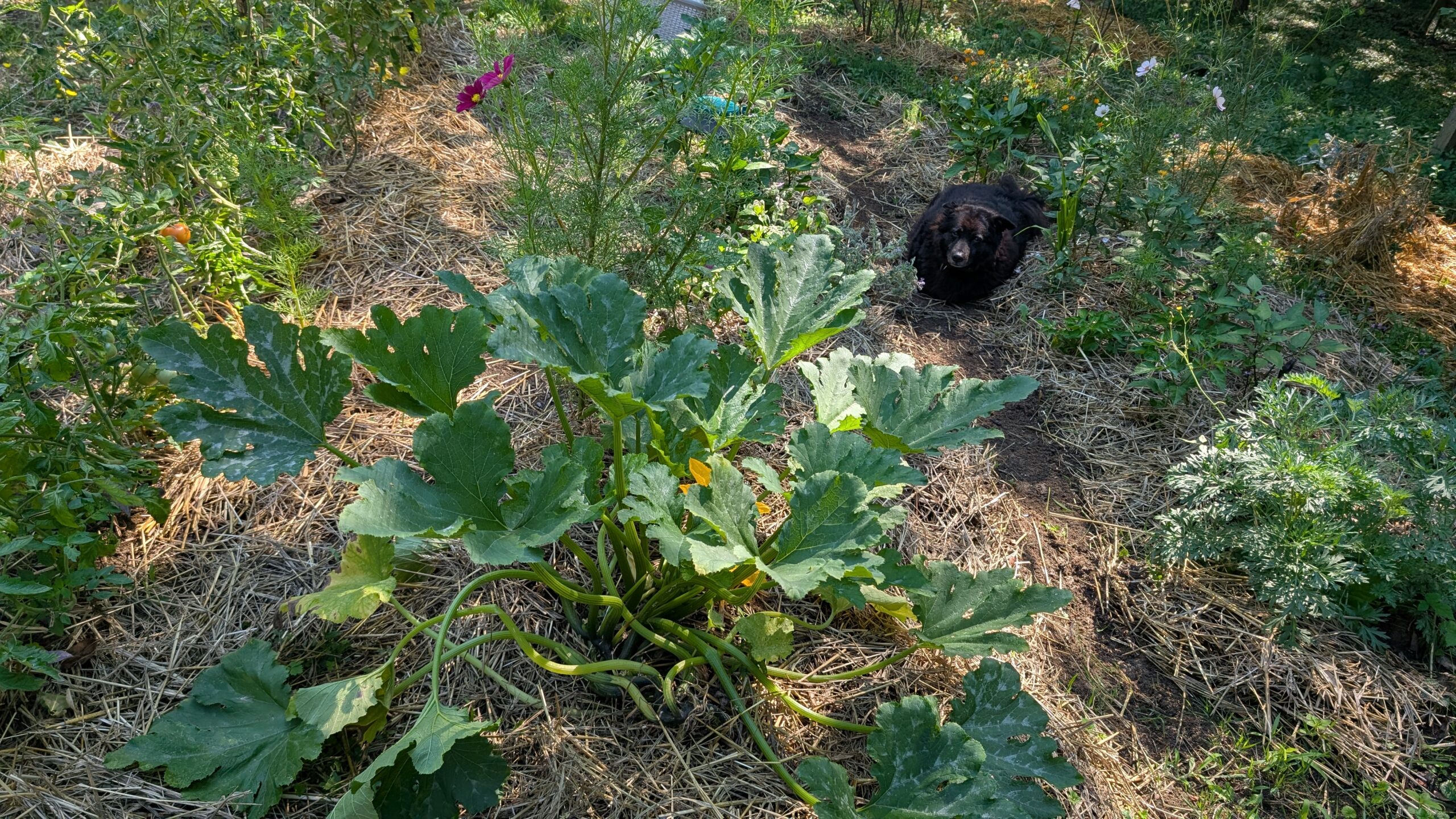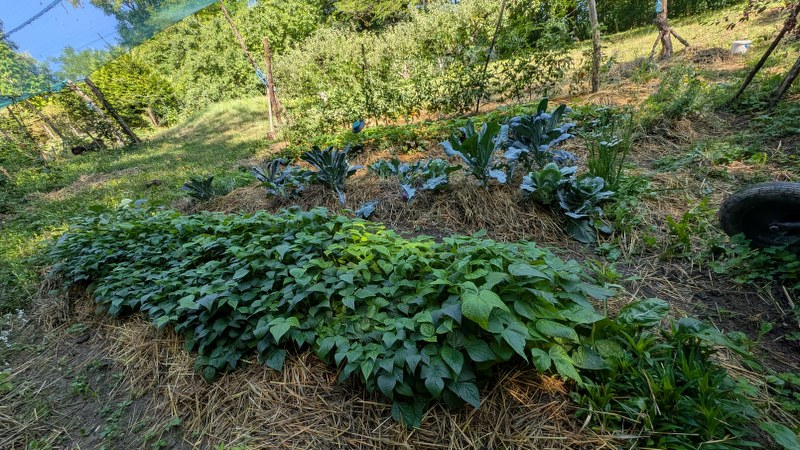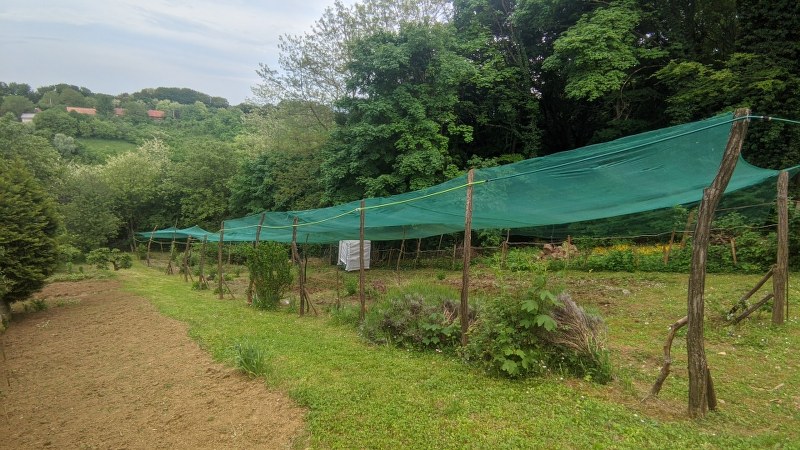In the summer our garden thrives and enjoys the warmth and the sun that it gets daily. We’re happy to see our vegetables grow and are excited to see the new fruits forming on the plants. But as the harvest starts getting closer, we notice rotten patches on the bottom of our fruits. What is blossom end rot? How can we stop it?
Blossom end rot
Blossom end rot is a physiological disorder caused by calcium deficiency. It affects mostly tomatoes, but can be also found on eggplants, peppers, and zuchinnis. Extreme conditions such as drought, extreme heat, or flooding disrupt plants’ water consumption, leading to a deficiency in calcium which can’t be properly absorbed. This causes the fruits to start rotting at the bottom.
Blossom end rot is caused by calcium deficiency, but the calcium deficiency is rarely caused by the lack of calcium in the soil. The usual cause of the blossom end rot is problem with plants’ water intake. Plants are either getting too much or too little water.
Although blossom end rot looks frightening it’s not caused by any bacteria or fungi and it is not contagious. It will not infect other tomatoes or cause the plant to die. Blossom end rot will cause damage only on fruit that has already started showing signs.

Symptoms
Blossom end rot can be easily recognized by a dark round or oblong watery spot on the fruit. With time the spot will start soaking in the fruit, getting darker until, with time, it starts looking like a brown to black sunken area. The sunken area looks like somebody took a bite out of the tomato and left it to rot away.
The black spot will not affect the whole tomato and it will stay concentrated in the lower part of the tomato or other vegetable. If the affected area spreads over the whole fruit then we’re not talking about blossom end and it’s more likely the plant is affected with some kind of disease.

How to prevent blossom end rot
Preventing blossom end rot can be extremely hard, especially since in most cases the weather conditions are directly causing the rot. We can do everything right, water regularly, give the plant enough food and still end with blossom end rot if the weather conditions are extreme.
- Choosing the right variety
As you can see in the photos, my garden is showing signs of blossom end rot this year. The rot is mostly concentrated in one or two varieties of tomatoes. This brings us to the first way to prevent the blossom end rot. Try choosing the varieties that aren’t as prone to blossom end rot. In my experience, the Roma and San Marzano varieties(and most of the pear-shaped varieties) are highly prone to blossom end. I’ve had years in which every single Roma fruit was affected by the blossom end. Try choosing the Viva Italia variety instead of Roma. Viva Italia is very similar to Roma, but it is rarely affected by the blossom end rot.

- 2. Test your soil
Testing your soil to determine the amount of calcium and the ph might be very helpful, especially if the soil you’re using is old and tired. Growing in fresh compost is always the best option, but not many of us can do this. If you’re using the same garden soil year after year its nutrition value will drop and also its ph value can change. Testing the soil will tell us what can be done to improve plant growth.
- 3. Fertilize the garden
If you’re using old soil, the best thing you can do is to add new manure or fertilizers at every start of the gardening season. Any kind of manure or compost will work as long as it is not fresh. Fresh manure is too aggressive, especially if used in gardens that are already planted. The fresh manure will kill the plants instead of helping them.
Tomatoes are very calcium-hungry plants so try choosing calcium-rich manure or fertilizers. Adding grounded egg shells when transplanting the tomato seedlings is a great way to help the plants get the needed calcium during the growth period.

- 4. Water regularly
Watering the plants will help prevent the blossom end rot. Water them regularly, with the same amount of water. During heatwaves water, the plants late in the evening to give the plant time to absorb the water. If you’re not able to water in the evening try watering in the early morning, but water only the soil. Watering the whole plant which is exposed to the extreme sun can cause sunburns or in worse cases blight. Sometimes having blossom end rot is better than losing the whole plant to blight.
- 5. Don’t disrupt the roots
Aerating the soil around the plants is great, but not if it means damaging the plants’ roots. Don’t dig too close to the plant to prevent root damage. It’s better to shovel more soil on top of the old soil to encourage new roots than to dig the existing ones. Root damage will also cause calcium deficiency and lead to blossom end rot.
- 6. Mulch the soil
Mulching the soil during extreme conditions such as heat and drought will help the plant retain more water and give it more time to absorb the needed calcium. You can use anything from hay, straw, fresh grass clippings, even cardboard or paper, anything that will prevent the soil from drying too quickly. You can also plant flowers around the tomatoes to give them more shade and help the soil stay cooler and moist longer.

Be careful to remove the mulch if the rain period is too intensive. Mulch, although great, can act as a disease incubator in very rainy periods, especially if the garden is on a flat surface and the water soaks the mulch.
What to do when the fruits already have blossom end rot?
The first thing that comes to your mind when someone tells you your plant is suffering from calcium deficiency is to go and add more calcium to the soil. Although sometimes this might work, this is the worst thing you can do. Calcium deficiency is rarely caused by the lack of calcium in the soil and adding more calcium won’t do any good. The calcium is already there, the plant just can’t take it.
Adding more calcium will overfill the soil with calcium which can cause more blossom end rot. If you’re certain that the problem is a lack of calcium in the soil you can try adding liquid calcium solutions or spraying and watering the plant with milk, but only if you are certain the calcium is missing.
If only one, or a few varieties are showing signs of blossom end, and the rest are growing normal fruits then it’s most likely the problem with water intake which should be addressed before adding more calcium. Try changing your water schedule and using the prevention tips to help the plant. Once the blossom end rot is here, there’s no way to save the affected fruit, we can only prevent it from forming on new fruits.
Removing the affected fruits
Another thing that should be done is to remove the affected fruits. The affected fruits can be a doorway to other diseases and should be cut off the plant. The fruits around the affected ones don’t need to be removed. Blossom end rot is not contagious.
That being said, I feel the need to say that I never remove the affected fruits. I leave them fully ripe like the rest of the fruits and use them for normal consumption. The blossom end rot is only on one part of the fruit, and the rest is perfectly healthy. It can be eaten without any fear and will not change the taste of the fruit. It won’t even cause the fruits to spoil faster once they are harvested. The black spot will stay the same as it was when the fruit was harvested. I just feel bad about throwing the semi-good fruit to waste.


Following these couple of tips can help us grow healthy fruits without worrying about the blossom end rot, and if not removing it completely it will at least cut the losses.





Leave a Reply